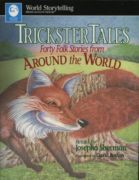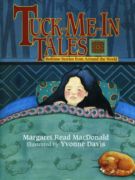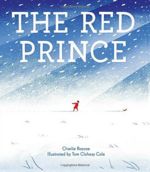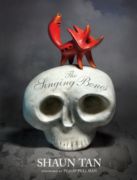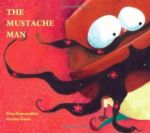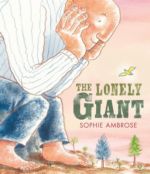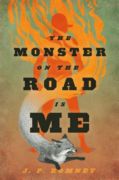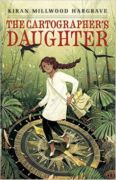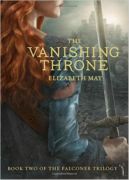
Aileana Kameron is the Falconer, born to hunt and slay the faeries who prey on mankind but now, in 1847, the great battle is past, Edinburgh lies in ruins, and Aileana is a prisoner of the Fae prince Lonnrach, whose sister murdered her mother, and somehow she must find a way to escape, before he can steal her memories.

